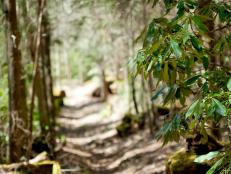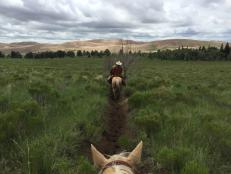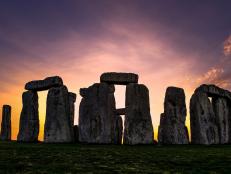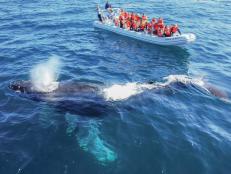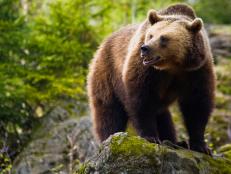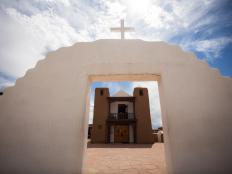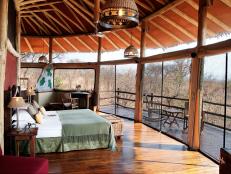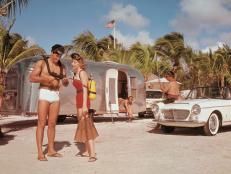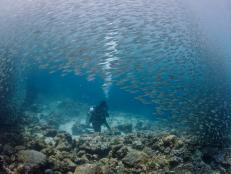Roaming With: Extreme Adventurer Rick Ridgeway

By the time he was 30, Rick Ridgeway had gone on more adventures than most people do in an entire lifetime. Called “the real Indiana Jones” by Rolling Stone and the recipient of National Geographic’s "Lifetime Achievement in Adventure" award, Ridgeway doesn't shy away from unknown territory. In fact, he seeks it. In 1978, he was part of the first American team to ever summit K2, the second highest mountain in the world.
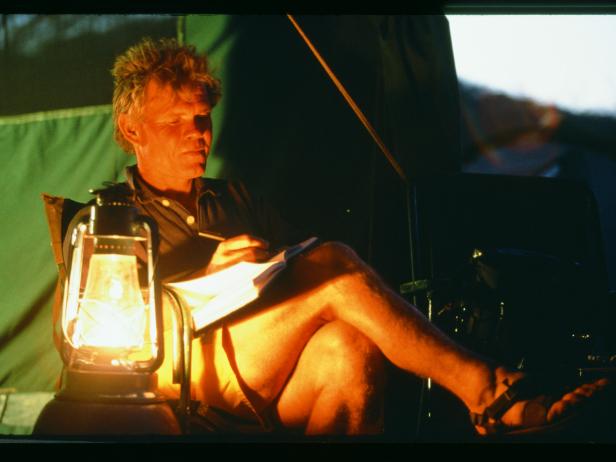
Pete Fuzard
Mountaineer isn't his only title; he’s also a conservationist, author, filmmaker and businessman. His experiences as an extreme adventurer led him to his current role as the vice president of public engagement at the outdoor company Patagonia. The Legacy Parks Foundation, which works to preserve the natural environments of East Tennessee, invited Ridgeway to a recent luncheon to speak about his experiences and how Patagonia works as an agent for environmental protection. Roam caught up with Ridgeway after his talk and asked him a few questions about his travel adventures.
What is one thing that you always need in your bag when you’re going on a hiking adventure that people might not expect?
I always make sure I have a little notebook or sometimes a pocket recorder because I’m always coming up with ideas and thinking of things or making observations that I don’t want to forget about. I find that when I’m in the outdoors, somehow walking seems to jiggle loose good ideas. And I always make sure I have a set of binoculars.
What’s your favorite trail snack?
I don’t think I have a favorite one. I’m probably like most people, you know, a few mixed nuts. Our company Patagonia is now in the food business. We make a line of fruit bars, and we have a bison jerky product - both make great trail snacks. We also have dried soups and cereals and a wonderful packaged cold smoked salmon, all of which are terrific at the end of the day. Now my pack usually contains those things.
What’s your favorite non-active hobby?
Reading. I’ve been an avid reader since I was a little boy. Reading is what originally inspired me to become a climber. It was the National Geographic account of the first American ascent of Mt. Everest in the early 1960s that as a young boy captured my fancy and led to my passion for mountaineering. I was inspired by that photograph of Jim Whittaker on the summit of Everest holding his ice axe up with the American flag tied to it, flapping in the wind. That became my dream to become that guy.

Ridgeway Collection
By the mid-'70s, I’d been to Everest and I had made ascents in South America and the Andes. I had gained sufficient skills that I was, in 1978, invited to join what was then the attempt to make the first American ascent of K2, the second highest mountain in the world. Now, it’s regarded as the most difficult mountain in the world to climb because of its high altitude. It’s a good thing we didn’t know that then! The leader of that trip was Jim Whittaker, the guy that was in the photograph I saw when I was a young kid. So I got to climb with him, and he became a close friend. And then a year later, when National Geographic covered that expedition, I was on the cover.
Then years later in the late 1990s, I was on another National Geographic-sponsored trip to make what, then, was the first big wall climb ever done in Antarctica. And the lead climbers on that trip were Alex Lowe and Conrad Anker, the two greatest climbers of their day. After that trip, Conrad was on the cover of National Geographic. I called him up and said, “Hey Conrad, there’s a little kid out there somewhere picking up their magazine and getting inspired to do the same thing we were.” He had told me on that trip that when he was a young boy and had gotten that magazine with me on the cover, that’s what inspired him.
Since you’ve clearly done a lot of traveling, where do you go when you want a vacation?
You know, I don’t go on vacations because I’m still going on enough trips and I travel for my work at Patagonia a lot. My wife goes with me now on my business trips frequently, and we’ll usually add a day or two. I never have been a vacation sort of person. My idea of vacation is a little different, I suppose. My ideal trip is to the wildest place I can find. Getting as far as I can into the truly wild places that remain on our planet is what I’m most passionate about.

Courtesy of Rick Ridgeway
What’s your favorite product Patagonia has on the shelves right now?
We have a very lightweight pullover, wind jacket called the Houdini that weighs just a few ounces, and it compresses so tightly that you can just put it in your pocket when you go out. It’s just the handiest thing I’ve ever used outdoors. You can take it everywhere you go. And it’s not meant to provide water protection in a heavy rain, but in light rain, in a mist or against wind or a little bit of cold, it’s perfect.
What’s on your bucket list? What’s an adventure that you have yet to take?
I don’t really have a bucket list. I’m now 67 years old, and I’ve discovered that you can learn and find such inspiration in any wild area, in any undeveloped area, any area where nature is still in control. I’m just as happy going into my own backyard in Southern California and to the mountains and the wild areas that we have and learning more and more about those places. I get just as much satisfaction from that as I do going into some remote corner of the Amazon or the Himalayas or any other place in the world.
Do you have a favorite animal?
My favorite group of animals is birds. I find that birds better represent the magic of the diversity of life on our planet than any other group of wildlife. I’m a deep admirer.
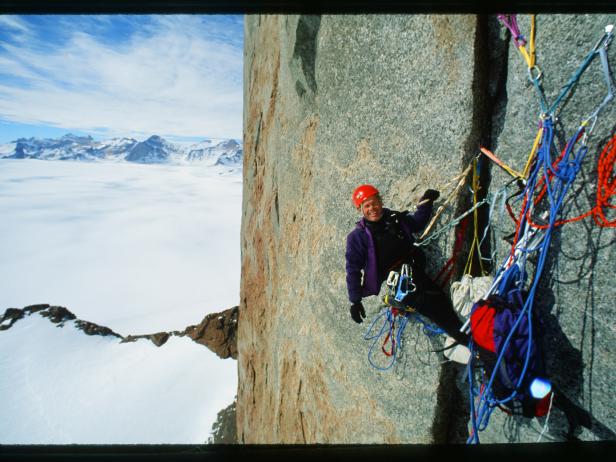
Gordon Wiltsie
What’s the most rewarding part of your job at Patagonia?
It’s a package because the company is as close to a not-for-profit as a for-profit company can be. The company is in business to be an agent for environmental protection. It’s not there to enrich its shareholders. It’s a privately-held business, and they own it to use it as a tool for environmental protection. That’s what we do there. That’s why we’re in business, so it’s not really a job. It’s more of a privilege. Every day is a favorite part.
What is one thing travelers can do to reduce their environmental impact?
I’m certainly an advocate of ecotourism and adventure tourism because going to a place and really seeing it on foot at eye level without the support of vehicles, if you can, that’s certainly the biggest way anyone can reduce their footprint, and I might add, in my view, the best way to really get into your bones. What any particular place is about. What the real spirit of the place is. You can’t really get that fully into your bones if you’re in a vehicle or flying over. You’ve got to be on foot.
